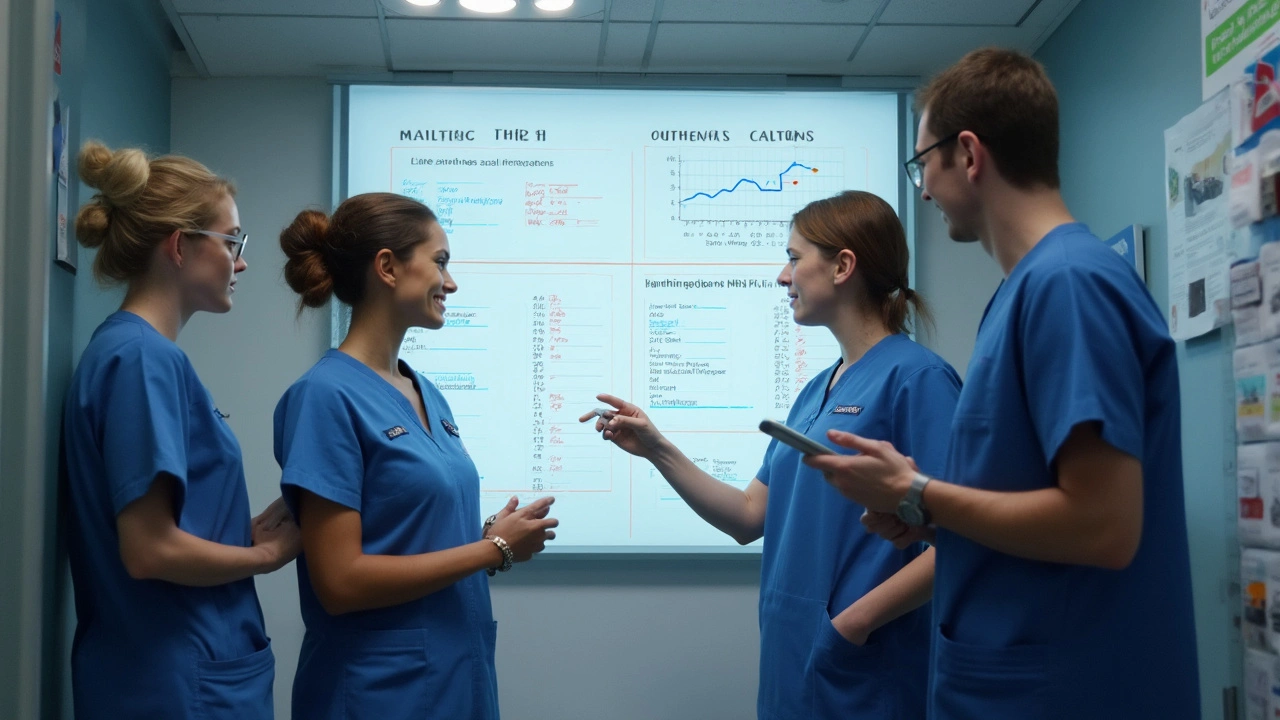Type 2 Diabetes – What Every Person Should Know
Living with type 2 diabetes can feel like juggling a lot of advice. You hear about carbs, insulin, exercise, and it’s easy to get confused. This guide cuts the noise and gives you straight‑forward, practical steps you can start using today.
Spot the Signs Early
Most people discover they have type 2 diabetes after a routine blood test, but you can catch it yourself. Common clues are frequent thirst, needing to pee more often, feeling unusually tired, or blurry vision. If any of these pop up, ask your doctor for a fasting glucose or HbA1c test. Early detection means you can start controlling the numbers before complications set in.
Food Choices That Actually Work
Forget the myth that you have to stop eating carbs forever. The goal is to pick the right carbs and watch portions. Fill half your plate with non‑starchy veggies, a quarter with lean protein, and the remaining quarter with whole grains or starchy veggies. Aim for fiber‑rich foods like beans, oats, and berries – they slow sugar spikes and keep you full longer.
Snacking? Pair a small apple with a handful of nuts instead of reaching for a candy bar. The protein and fat in nuts balance the apple’s natural sugar, so your blood sugar stays steadier.
Also, stay hydrated with water instead of sugary drinks. Even diet soda can throw off blood sugar for some people, so plain water, herbal tea, or diluted fruit juice are safer bets.
Exercise doesn’t have to mean marathon training. Just 30 minutes of brisk walking, cycling, or dancing most days will boost insulin sensitivity. If you’re short on time, break it into three 10‑minute walks – the benefit adds up.
When it comes to meds, many start with metformin, which lowers liver glucose production. If your doctor adds another drug, ask why and how it fits your lifestyle. Some newer meds help with weight loss, which can be a bonus if you’re trying to shed pounds.
Tracking your blood sugar helps you see what works. Use a simple glucometer and log readings before meals and a couple of hours after. Spot patterns – like a spike after pizza – and adjust the next meal accordingly.
Don’t forget sleep. Poor sleep can raise stress hormones and push blood sugar up. Aim for 7‑9 hours of uninterrupted rest. If you struggle, keep the bedroom dark, limit screens before bed, and avoid caffeine late in the day.
Finally, build a support net. Talk to your doctor about a diabetes educator, join an online community, or chat with friends who understand. Sharing tricks, recipes, and setbacks makes the journey less lonely.
Type 2 diabetes is manageable when you blend realistic food tweaks, regular movement, and the right meds. Keep checking your numbers, listen to your body, and adjust as you go. You’ve got the tools – now put them to work.
Warfarin and Type 2 Diabetes: Navigating Complex Drug Interactions for Better INR Control
Warfarin and type 2 diabetes often collide in everyday clinical practice, and the drug interactions can send INR readings on a wild ride. This article digs deep into how antidiabetic medications impact warfarin therapy and what clinicians need to watch for. You'll get real-world strategies for managing INR fluctuations, plus tips to help keep things stable for your patients. Learn about which medications present the biggest challenges and discover straightforward solutions you can use in your next clinic session. Perfect for doctors, pharmacists, and any healthcare professional juggling these two chronic conditions.
Learn more...